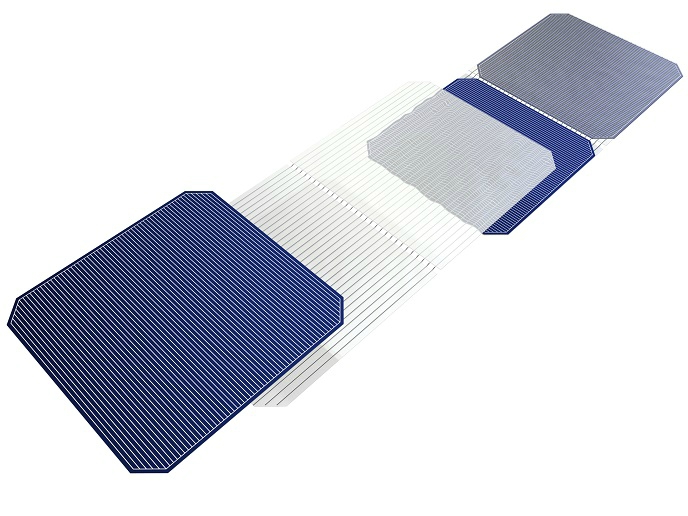Plugging the gaps to make dikes watertight
The incidence of flood disasters is increasing at a devastating rate. In terms of incidence and economic losses, floods account for around a third of all natural disasters as well as half the fatalities. Efforts to curb climate change may reduce the frequency of flooding but another approach would be to step up methods of flood protection and minimisation. One very effective, but simple in principle, method for flood protection is the construction of dikes, artificial water channels that prevent runoffs from bursting floodplains. One problem is that the majority of dikes in Europe are old (up to 150 years old) and do not fulfil present safety standards. Addressing this problem, the EU-funded ‘Land protection by improvement of dike construction’ (Prodicon) project aimed to develop a universal dike repair technology that can be applied on all types of dikes in different states of disrepair. Existing dike rehabilitation techniques are often quite expensive with a limited field of application. Project researchers tackled the problem from two different angles – by preparing a new material as well as a means by which this can be injected and incorporated into the dike structure. A major advantage of the new technique is that the material can be successfully applied to wetted and softened dikes using conventional excavation machinery with modular exchangeable equipment units. Normally, heavy construction machines cause failure of the reconstruction. The mixture consists of modified clay particles with an additive that breaks up the water film around the individual granules. The result is that the sealing material has low water permeability as well as high erosion resistance and stability. For the injection process, boreholes are created using a vibrating lance technique and rotating drill rods are used as injection lances. The trick is that no new leaks occur as there is no rigid injection body. Field tests were very successful and the Prodicon material and injection method are now ready for commercial application.







